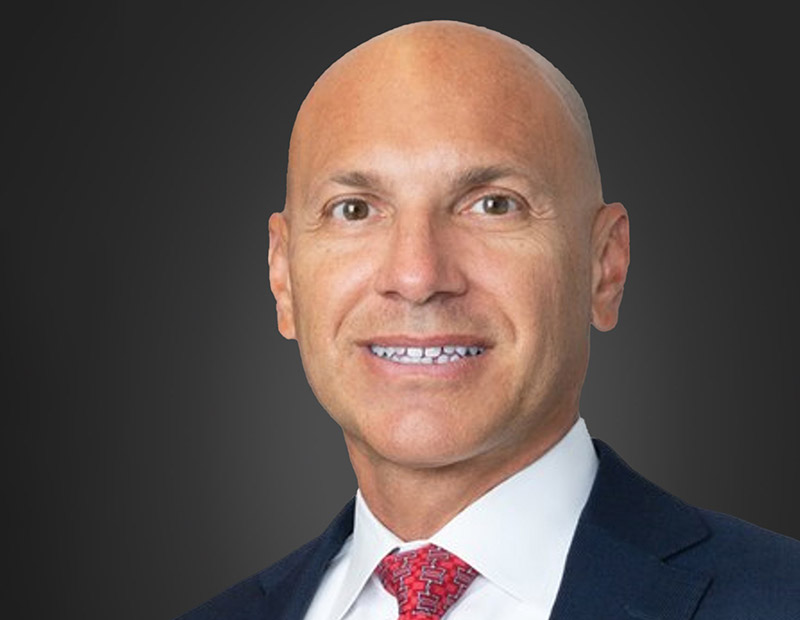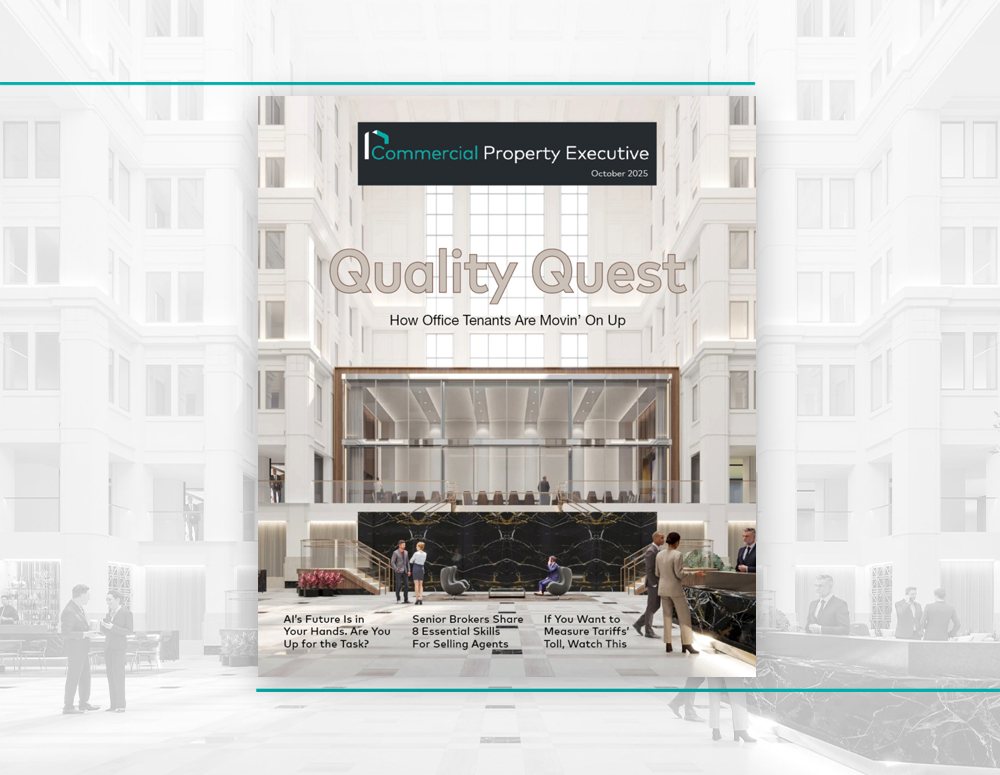The Zombie Tenant Trap: When Occupancy Numbers Lie
Some buildings aren't as stable as they look.

On paper, a building may appear 70 percent occupied. In reality, it may be bleeding cash and barreling toward default. This is the essence of the “Zombie Tenant Trap,” a problem increasingly common in today’s office market. Many properties give the illusion of stability based on headline occupancy, but beneath the surface lies significant financial distress.
A “zombie tenant” is a leaseholder who exists in name but not in substance. They may have a signed lease, but they are not paying full rent, are barely using the space—or not occupying it at all—and are highly unlikely to renew when their lease expires. In some cases, tenants have downsized or gone remote, leaving behind underutilized floors. In others, they have negotiated “blend-and-extend” arrangements where concessions and delayed economics push meaningful rent payments into the future. For lenders and owners alike, the presence of zombie tenants makes the difference between a property that appears stable and one that is quietly eroding in value.
LIKE THIS CONTENT?: Subscribe to the CPE Capital Markets Newsletter
Spotting zombie tenancy risk requires more than glancing at an occupancy report. Leases signed during the pandemic or immediately afterward often carried unusually large upfront concessions that distort reported income. Buildings with a concentration of lease expirations in the next 18 to 24 months are particularly vulnerable as the cash flow cliff from tenant departures can arrive abruptly. Certain industries —such as technology, creative firms and coworking operators—also present higher risk profiles given widespread layoffs, space reductions and bankruptcies.
While the building may technically show strong occupancy, its revenue profile may be far more precarious than the numbers suggest. Even tenants with strong credit ratings are not immune to this risk. High-quality tenants may use the end of their lease term as an opportunity to relocate to newer, higher-quality or better-located office space. While occupancy appears strong today, these tenants’ departures can significantly reduce rental income and destabilize the building’s financial profile. Lenders and owners must account for the probability that seemingly reliable tenants will not renew and proactively plan for backfilling large spaces or re-tenanting at market rents.
This disconnect is why 70 percent occupancy is not enough to declare a building healthy. Rental income may be well below the levels underwritten at origination, and upcoming expirations can trigger major revenue losses. Operating costs are also rising, compounding the problem. Owners are often forced to spend more per square foot on vacancy backfilling, security for half-empty properties and cleaning of underutilized areas. In addition, fixed expenses like utilities, insurance and property taxes must be spread across a smaller pool of paying tenants. The end result is that net operating income often fails to cover debt service, regardless of what occupancy reports claim.
The challenges of zombie tenants
For valuation and financing purposes, zombie tenants create significant challenges. Lenders and investors no longer focus solely on how much of the space is technically leased. Instead, they scrutinize the quality of the tenants, the reliability of cash flow and the timing of lease rollovers. Zombie tenancy can inflate headline occupancy metrics, while masking the deterioration of debt service coverage and long-term terminal value. Many loans originated in 2021 and 2022 assumed stabilized performance that has never materialized, leaving properties overleveraged and vulnerable to default.
A real-world example of this dynamic illustrates the danger vividly: 350 North Orleans Street, a 1.7 million-square-foot office complex in Chicago’s River North district, was once owned by Blackstone. Although the property has been marketed at about 65 percent occupied, actual utilization has been estimated at just 48 percent of pre-pandemic levels. By 2023, 30 percent of the building sat empty, and Blackstone defaulted on its $310 million CMBS loan, triggering foreclosure proceedings amid prolonged disputes among bondholders, according to a Wall Street Journal article from April of this year.
The critical takeaway is that occupancy does not equal health. Owners, lenders and buyers evaluating distressed office properties must look far deeper than headline statistics or reported lease percentages. They need to analyze the strength and reliability of in-place cash flow, distinguishing between tenants who contribute meaningful income and those whose leases may exist in name only. Physical occupancy should be verified since a building that appears moderately full may actually have large areas that are underutilized or vacant. Lease rollover risk is another crucial factor: When a few key tenants represent a disproportionate share of revenue, their upcoming expirations can create sudden cash flow cliffs that imperil debt service coverage.
Buildings that superficially appear stable may still face imminent financial distress if the underlying economics are weak. This is particularly true in markets where tenants are shrinking, renegotiating or exiting entirely due to shifts in industry trends, remote work adoption or economic pressures. For lenders, buyers and owners, this means that relying on occupancy metrics alone can lead to overestimating a property’s value and underestimating the likelihood of default or forced sale. A more thorough assessment requires stress-testing cash flow projections, scenario-planning for lease expirations and factoring in operating costs, capital needs and market dynamics.
In today’s office environment, survival and successful investment outcomes depend not on how full a building looks on paper, but on how resilient, verifiable and sustainable its income stream truly is, even under adverse conditions.
Michael Criscito is a senior managing director with the real estate practice and co-leads the real estate restructuring advisory group at FTI Consulting, Inc.
The views expressed herein are those of the author and not necessarily the views of FTI Consulting, Inc., its management, its subsidiaries, its affiliates, or its other professionals. FTI Consulting, Inc., including its subsidiaries and affiliates, is a consulting firm and is not a certified public accounting firm or a law firm. FTI Consulting is an independent global business advisory firm dedicated to helping organizations manage change, mitigate risk and resolve disputes: financial, legal, operational, political & regulatory, reputational and transactional. FTI Consulting professionals, located in all major business centers throughout the world, work closely with clients to anticipate, illuminate and overcome complex business challenges and opportunities. ©2025 FTI Consulting, Inc. All rights reserved. fticonsulting.com







You must be logged in to post a comment.